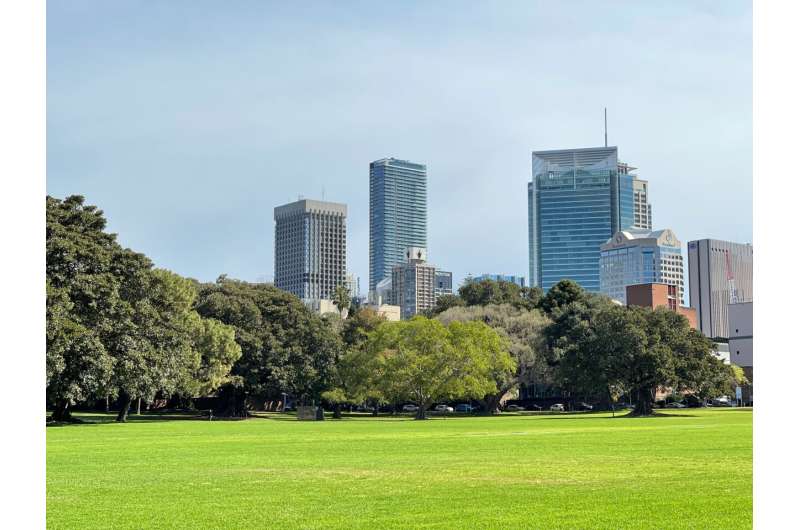
Urban areas with more “walkable” and greener environments favor the practice of physical activity among citizens. This is the result of a study conducted by researchers from the Institute of Environmental Science and Technology (ICTA-UAB) of the Universitat Autònoma de Barcelona that provides public decision-makers with valuable indications on how to design healthy urban environments in the future.
The study, recently published in Environment International, shows that higher levels of physical activity occur in environments that combine the condition of being more “walkable,” i.e., areas with higher density of destinations, intersections, and better connections, as well as being greener.
To conduct the study, the researchers used wearable sensors and satellite data to link people’s activity levels with walkability and the greenness of the places where they spent their time being physically active.
“Specifically, a GPS unit (which recorded their location every 15 seconds) and an accelerometer (which recorded movement and total number of steps taken) were attached to 354 working adult women for one week, in four sites across the United States,” explains Oriol Marquet, ICTA-UAB researcher and lead author of the study.
This allowed them to calculate their individual exposure to “walkability” and greenness during their participation and to test the associations between the intensity of these exposures and the levels of physical activity recorded by the accelerometer.
“Participants who spent more time in highly walkable and green locations had the highest levels of moderate and vigorous physical activity. This might indicate that the previously established effects of ‘walkability’ levels over physical activity might be even stronger when vegetation is added to these environments,” Marquet says.
These findings are important because they validate existing hypotheses using novel methods and approaches. “Very few previous studies had used wearable devices—accelerometers, GPS—to capture participants’ exposures and physical activity taking into account all their daily movements and changes in location,” Marquet clarifies.
In addition, the use of nonlinear models has allowed them to observe the existence of thresholds and minimum levels of exposure and the presence of vegetation.
These data suggest that there is no dichotomy between green spaces and walkable spaces, but that those spaces that contribute most to physical activity and the use of active modes of transport are in fact those that combine high walkability with a high presence of vegetation. This finding provides a further argument for urban planners, landscape architects and policy makers to consider the need to design greener and more walkable urban environments as a tool for creating more sustainable and healthy mobility patterns.
Explore further
People are most physically active when their environments are both highly walkable and very green
Oriol Marquet et al, GPS-based activity space exposure to greenness and walkability is associated with increased accelerometer-based physical activity, Environment International (2022). DOI: 10.1016/j.envint.2022.107317
Greener and more ‘walkable’ urban areas encourage physical activity (2022, September 15)
retrieved 17 September 2022
from https://phys.org/news/2022-09-greener-walkable-urban-areas-physical.html
part may be reproduced without the written permission. The content is provided for information purposes only.